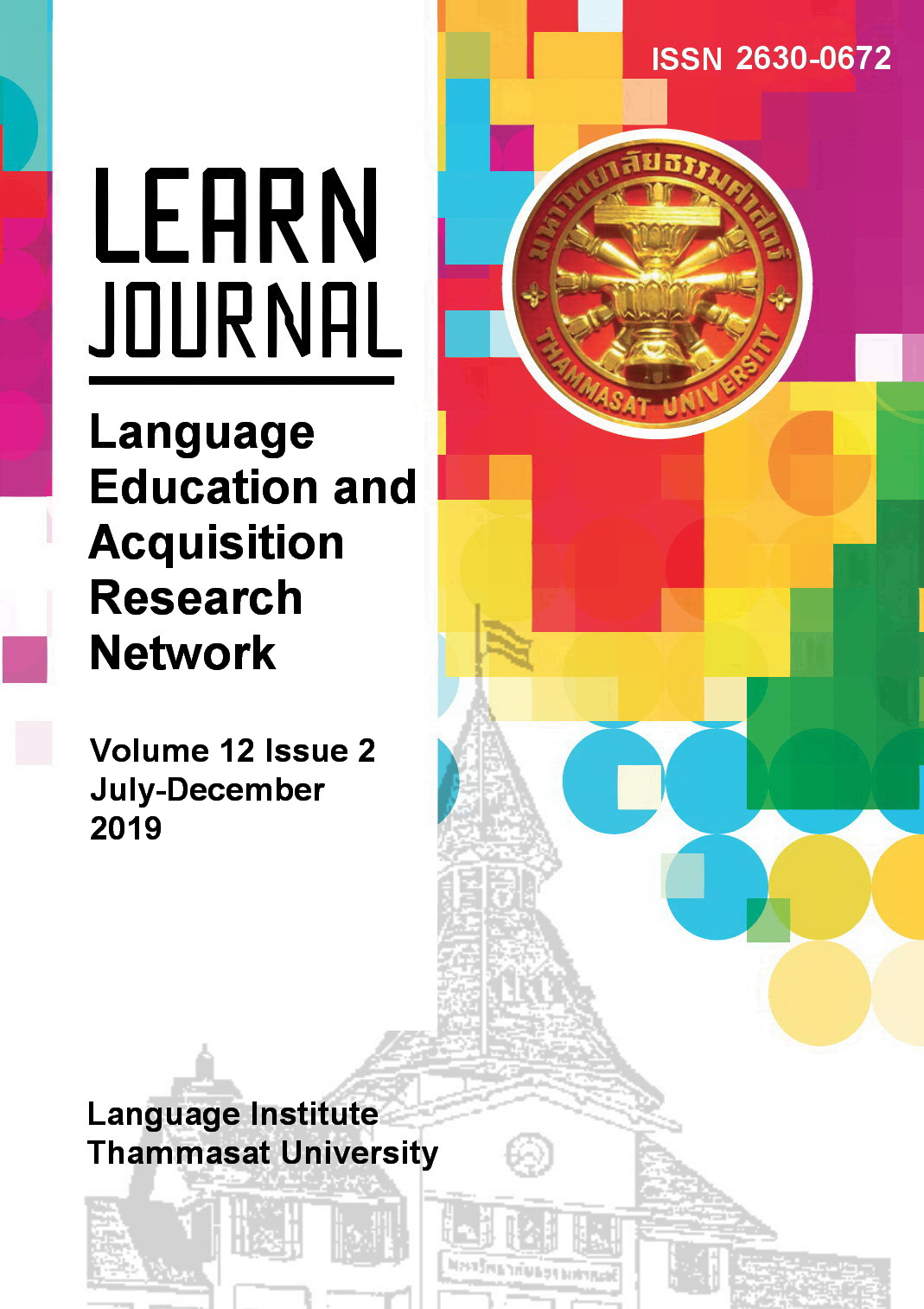Classifiers and Maxim Flouting
Main Article Content
Abstract
Numeral classifiers have been studied by both linguists who consider them to be function morphemes with no semantic significance and those who contend that they are semantically loaded. While considering both views not to be incorrect, this study, leaning toward the latter view, demonstrates that speakers use classifiers to achieve their intended communicative goals. Questionnaires were administered to native speaker informants to ascertain whether Thai native speakers are bound by linguistic rules when matching a noun with its classifier. In many cases, the assignment of classifier to noun was found to be indecisive. Such indecisiveness suggests that the assignment of a classifier to a noun is not rigidly rule-governed. In addition to the questionnaire, informants were asked to read four short scenarios, each of which consisted of a misuse or flouting of a classifier. Not judging the flouting as a mistake, they stated what communicative goal was achieved via such flouting. The results show that classifiers, in addition to having semantic contents, can be used as pragmatic devices.


